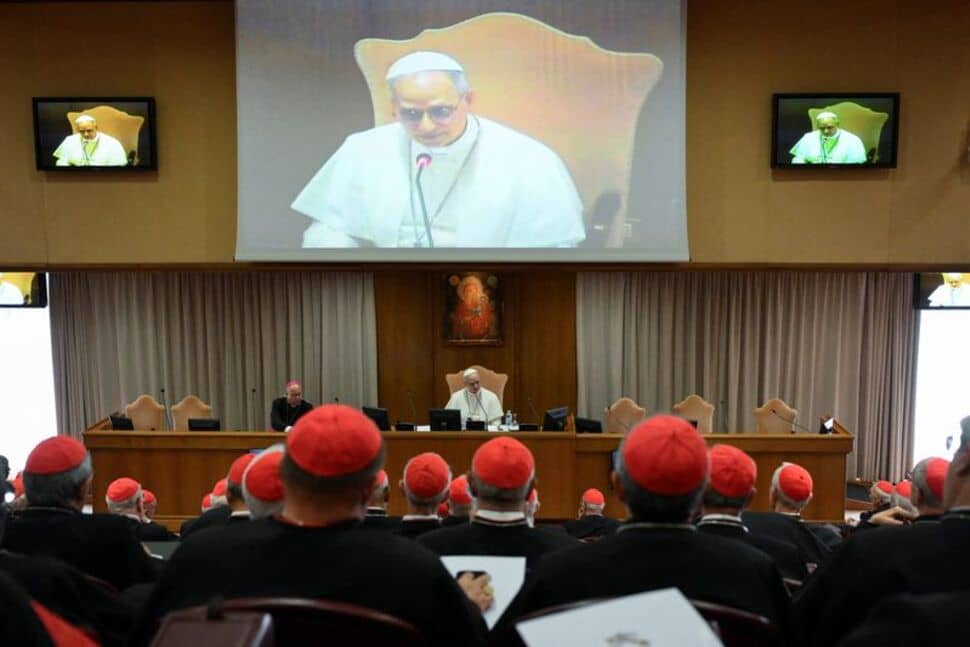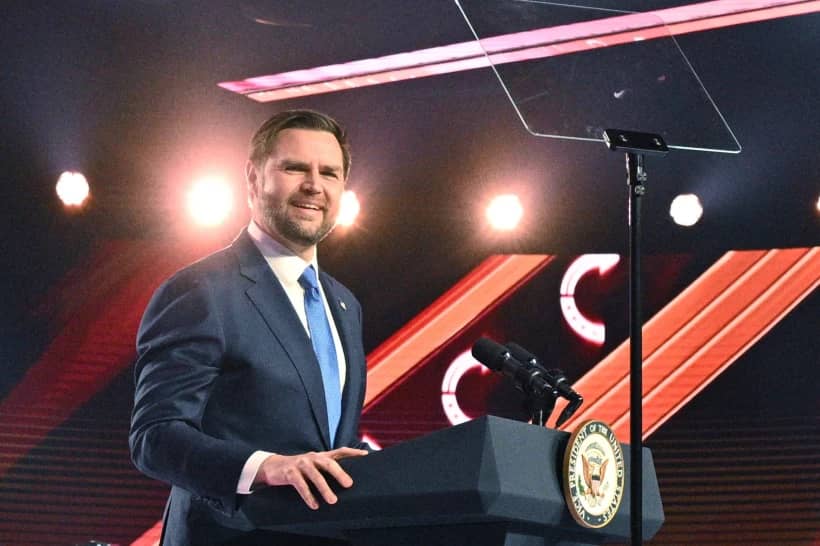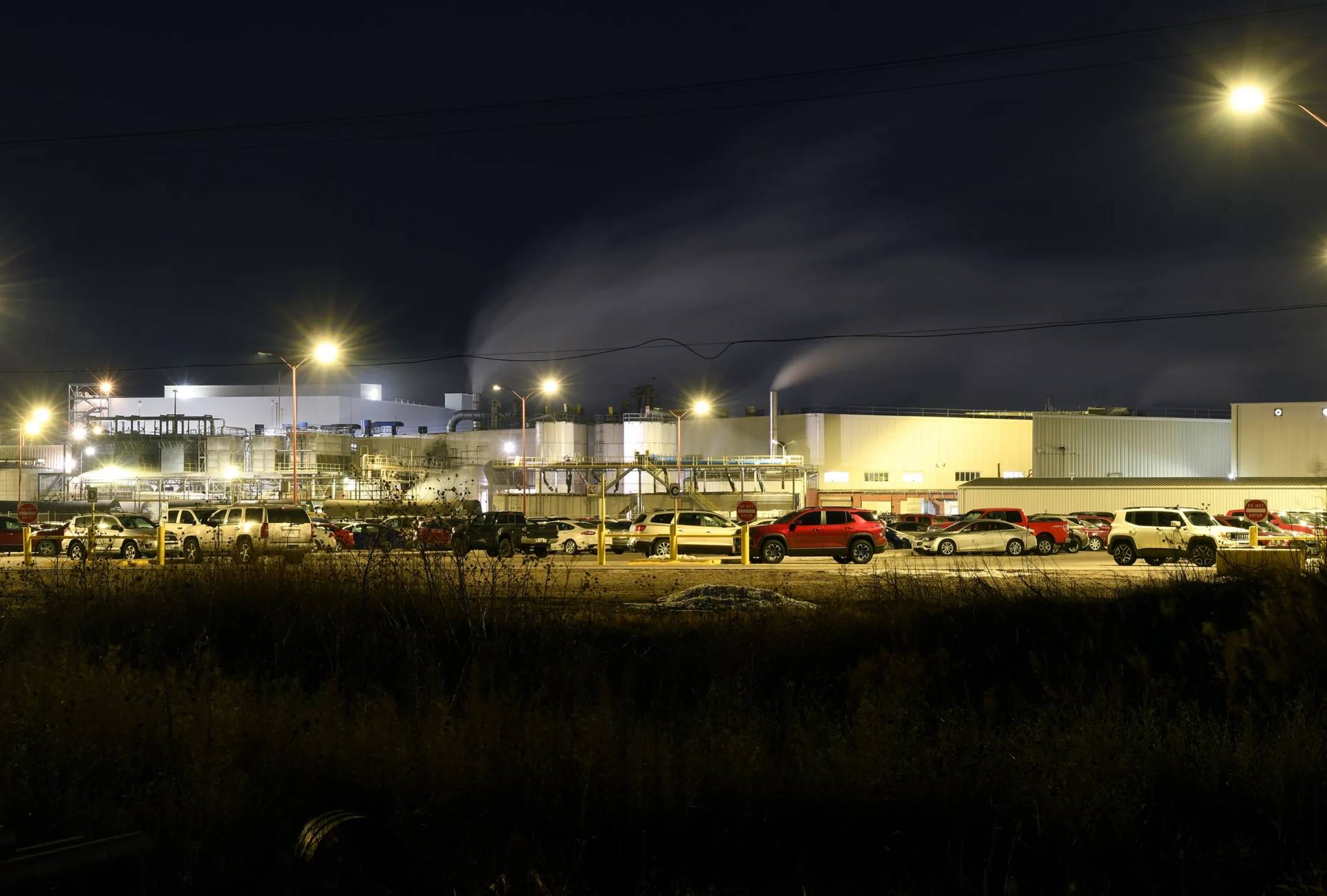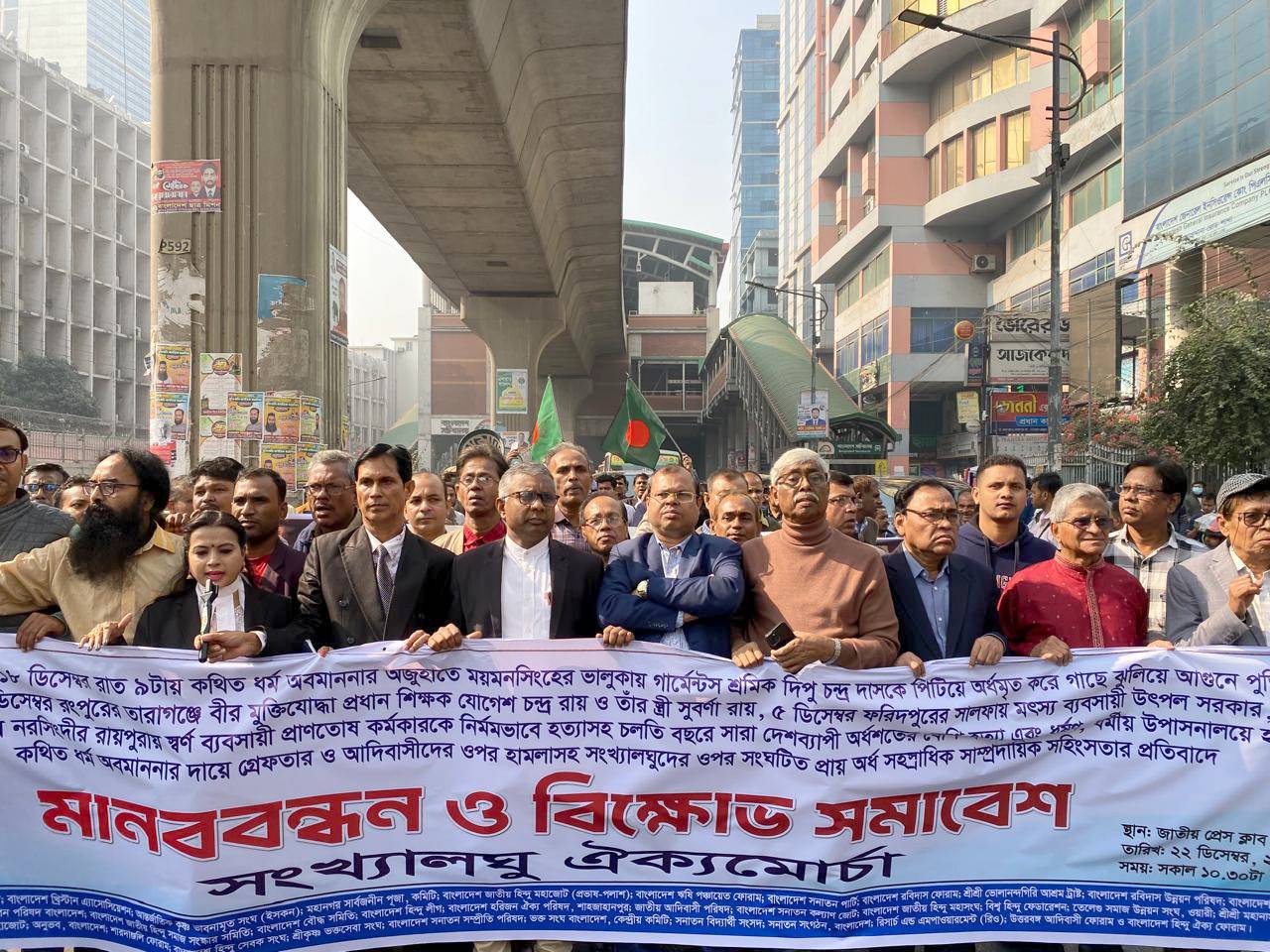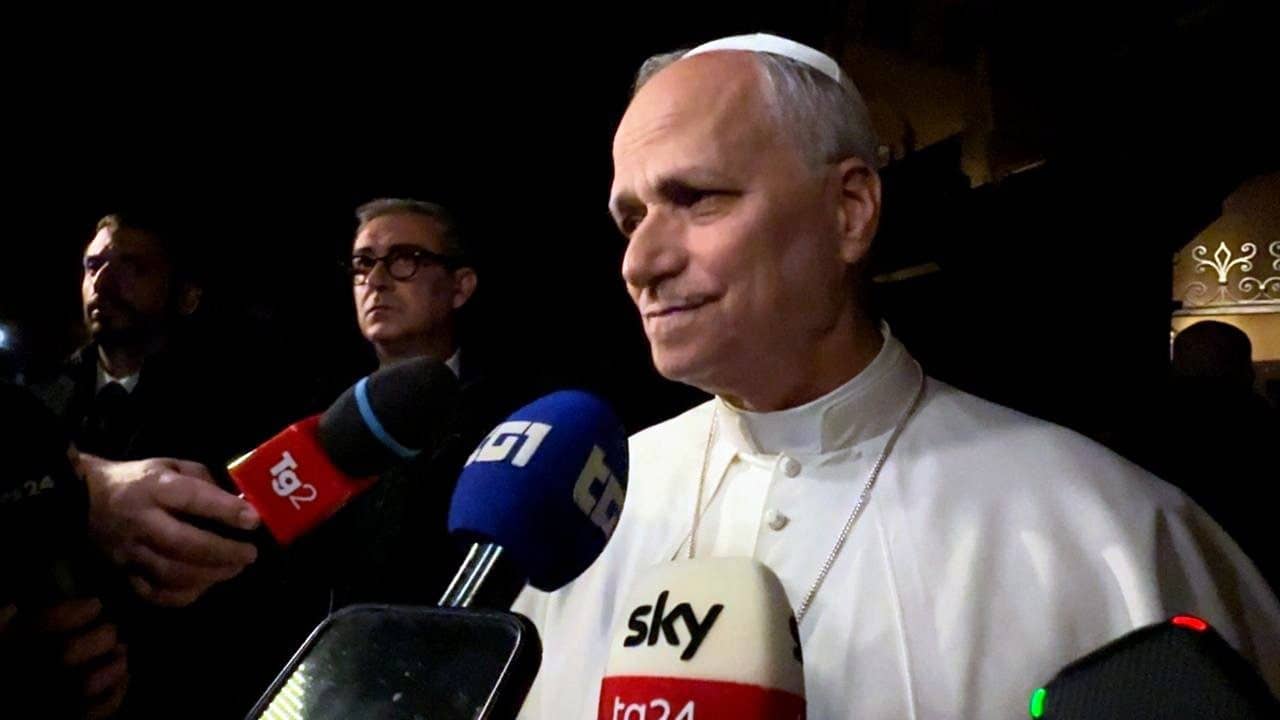ROME — Some years ago, I attended a presentation by the late Rev. Raymond Brown, a Sulpician priest and one of America’s great Catholic Biblical scholars, in which he commented on the obvious differences between the Acts of the Apostles and St. Paul’s letter to the Galatians in their accounts of the Council of Jerusalem.
Brown joked that every now and then, he had the good luck to miss a faculty meeting at the Union Theological Seminary where he taught. When he would ask colleagues afterwards what happened, he said, he was always struck by the contrasts in their recollections.
“One would tell me, you should have been there because I really told so-and-so off,” Brown said. “When I asked someone else about it, they’d say, ‘Oh, did that person speak? I don’t really remember’.”
His point was that without any intent to deceive, the priorities and interests people bring to an experience inevitably color the way they recall it, which helps explain the otherwise puzzling contrasts between two Biblical versions of the same event.
That exegetical insight comes to mind amid coverage of the 2015 Synod of Bishops in Rome, because it captures the most frustrating aspect for journalists trying to cover it.
The dirty little secret is that we’re not really covering the synod at all. For the most part, we’re covering people telling us about the synod, which is an entirely different enterprise.
To actually cover the synod would mean being inside the hall during the discussions, being able to develop our own impressions of what’s being said, to gauge the reaction, to watch body language and intonation and atmosphere, and to get an overall sense of emerging themes for ourselves.
That’s how one would cover a session of Congress, for instance, or a UN summit, or any other important gathering, but that’s decidedly not how things work at a Synod of Bishops.
Instead, on Day One the introductory speeches are carried live on a video feed and the full texts are provided — albeit only in Italian, which is a challenge for people who don’t cover the Vatican all the time. From that point forward, the video feed is shut down and all outside observers, reporters very much included, are expelled from the synod hall.
(Journalists have the opportunity to go inside to watch the morning’s prayer each day, but are shooed away before the working sessions begin.)
In the past, the Vatican would provide written summaries of the talks each bishop gave during the synod’s general assemblies. Although these often weren’t the complete version of what the bishops said, they at least allowed individual prelates to be quoted by name in terms of the points contained in the brief version.
That practice was discontinued for the 2014 synod and not revived this time, on the grounds that bishops were being encouraged to be more spontaneous and not shackled to a prepared text.
To plug the informational vacuum, there are media briefers in each of the main languages who sit in a special gallery during the synod meetings and who come to the Vatican Press Hall afterwards to provide an overview of what they’ve heard, without attributing individual points to specific speakers.
(As a footnote, that custom gives rise to one of the great parlor games of the synod period. Whenever these briefings break up, reporters get together and try to noodle out who inside the synod is most likely to have uttered the disembodied quotes we were just given.)
There are several problems with this way of doing things, beginning with the fact that the briefings generally occur at 1 p.m. Rome time and go on for at least an hour, putting a serious crimp in one of the most glorious aspects of life in the Eternal City: Lunch.
Far more important is the fact that there’s way too much material floated in these general discussions to capture it all, which means the briefers have to pick and choose, and that opens the door to the problem Brown described of viewer bias.
The same point applies, by the way, when reporters conduct interviews with individual bishops along the way. We’re still getting one person’s take on the dynamics, rather than witnessing them for ourselves.
When the bishops break up into small groups, we don’t get anything, not even anonymous accounts of their discussions, although the Vatican has vowed to release their written reports along the way.
In some quarters, the fact that we’re getting information second-hand has led to accusations of explicit manipulation. The suspicion is that we’re being presented a selective view of the discussion intended to promote certain outcomes and to minimize dissent.
In reality, such conspiracy theories generally give the Vatican too much credit. Rather than some Machiavellian plot, the more typical explanation is that people are simply muddling through, making the best of an imperfect situation.
Let’s grant two points.
1. The Vatican media team makes a heroic effort.
They often work almost around the clock for a full month. They’re trying hard to be sensitive to the media’s needs; for instance, inviting at least a couple of bishops to speak to the press every day.
(If anything, they’re being a little too accommodating, allowing all manner of activist groups and advocates to register as journalists and get into the press hall, with the risk being that news conferences can be hijacked by parties with an agenda.)
2. There’s good reason for the closed doors.
Aside from the possibility that participants in the synod’s deliberations occasionally may have sensitive information to divulge, no one wants them preening for the TV cameras rather than honestly speaking their minds.
That said, it’s steadily more common for bishops on their own to release the texts of what they said on the floor, either via their own press office or through social media. Given that, it seems increasingly pointless to impose a blackout.
Perhaps going forward, a better system would be to make the general sessions public, with a live video feed and a pool of reporters inside the hall. Working groups would still be closed, with the caveat that full reports are released.
If that happened, there would be no need for briefings in which quotes and themes are presented without names attached, and thus a reduced risk of bias or selectivity on the part of Vatican personnel. (It would still be there in the press corps, naturally, but that’s another conversation.)
That might not be a perfect solution, but arguably it would at least bring media coverage of the synod and the reality of what’s going on into slightly closer alignment, and that’s in everyone’s interest.






